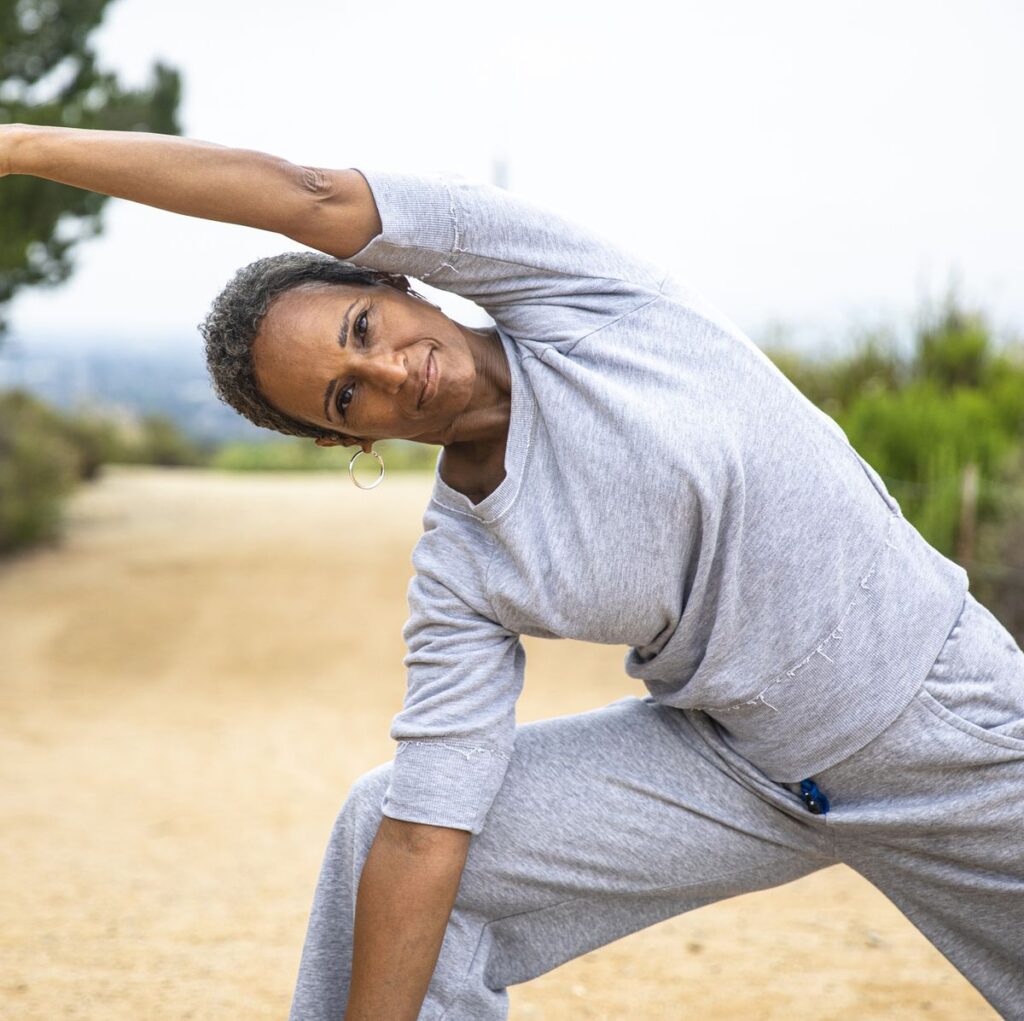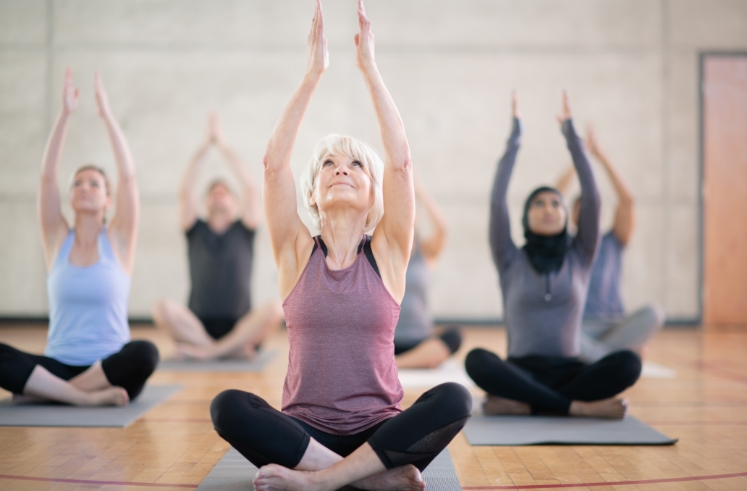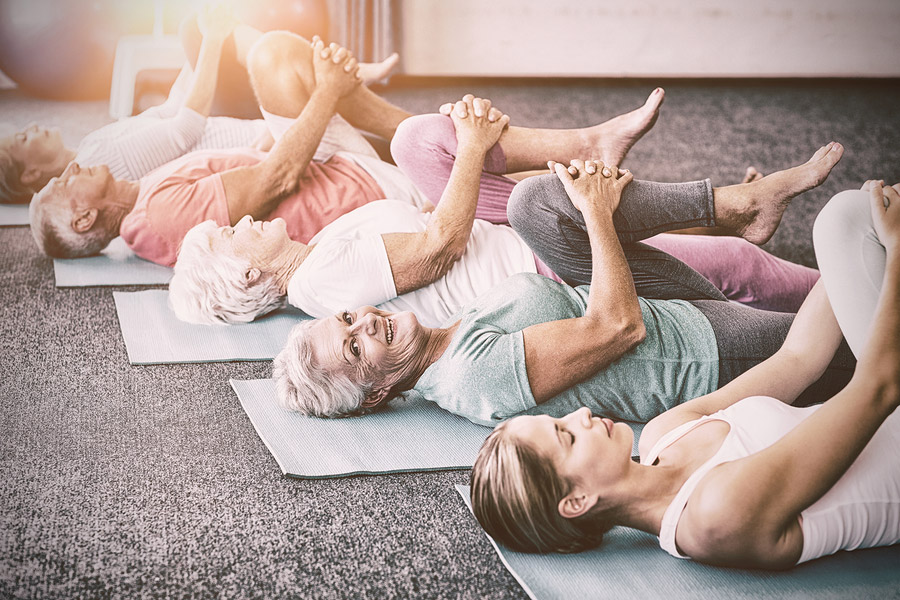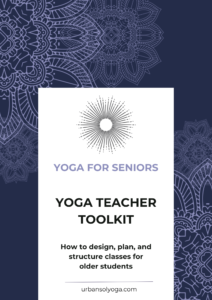10 Tips for Teaching Yoga To Seniors

Yoga is often celebrated for its ability to heal, strengthen, and rejuvenate the body and mind. When it comes to seniors, the benefits of yoga can be particularly profound. As we age, staying active becomes increasingly important, not only for physical health but also for mental clarity and emotional well-being. Yoga, with its gentle movements, mindful breathing, and focus on flexibility and balance, offers a perfect avenue for seniors to stay fit and agile.
Why Yoga for Seniors?
As we grow older, our bodies naturally undergo changes. We may experience joint stiffness, reduced flexibility, balance issues, and a general decline in strength. Yoga addresses these concerns in a holistic way. The practice helps to:
- Improve Flexibility: Yoga poses gently stretch muscles and joints, enhancing range of motion and reducing stiffness.
- Enhance Balance and Stability: Many yoga poses focus on balance, which is crucial for preventing falls—a common concern for seniors.
- Promote Mental Well-being: Through meditation, mindfulness, and relaxation techniques, yoga helps reduce stress, anxiety, and depression, fostering a positive outlook on life.
10 Tips for Teaching Yoga to Seniors
Teaching yoga to seniors requires a thoughtful and considerate approach. Here are some essential tips to keep in mind:
The warm welcome
Give a warm welcome to each student as they arrive and encourage new students to introduce themselves, or facilitate introductions among the group to foster a sense of community. This is a great opportunity for students to socialize at a time in their lives that may feel isolating.
Meet them where they are
The term senior generally implies an age range (55+) but seniors have the most diverse range of abilities and experience of any age group. And while many seniors struggle with chronic health conditions, others are very active. You may have students who are new to yoga, and others who have been practicing their entire lives. Focus on what they can do, instead of what they are unable to do. By keeping the practice simple, I serve my students by concentrating on ways to improve their range of motion, help them get stronger, and become more flexible.
Warm up head to toe
I start my classes with pranayama practice like four-count breath or deep diaphragmatic breathing. Many people only breathe into the upper part of the chest and are missing out on that full, deep breath. This prepares them to enter into some gentle neck stretches, shoulder rolls, side stretches, gentle twists, and hip openers. I also incorporate some small joint movements for fingers, wrists, ankles, feet, and knees.

Know why you are doing the poses
I choose poses based on what I want my students to experience. Are you building leg strength? Core strength? Improving range of motion? Developing balance? Once you know why you are doing the pose, you can be prepared to offer modifications or variations for any asana you plan to teach. Is your class not ready for Side Angle Pose? Small side lunges will have a similar effect.
Teach in a progressive manner
Teaching in a progressive manner is when you break challenging poses down into steps. Each pose can generally be broken down into 3 steps/levels/variations. You teach everyone level 1 of the pose, then I will say something like, “If you want more, try this.” Then teach level 2 of the pose, and the same for progressing to level 3 of the pose. This will also give your students an opportunity to try more challenging poses without feeling defeated if they can’t do the most challenging level of the pose.
Slow down
The pacing and flow of your classes matters. Maintaining a gentle pace allows for slow transitions between postures and facilitates body awareness for your students. A benefit of yoga is the experience of joining the movement of the breath with the movement of the body, and slowing down leaves room for students to pause and turn their awareness inward.
There is power in the easy poses
Easy poses can be a way to build strength without the need for a lot of active movement. This leaves room for teachers to get creative with blocks, lunges, and dynamic movements. I also encourage you to keep your sequencing and transitions simple and easy to follow. Most seniors like some predictability of sequencing and will benefit more from being able to properly get into an easier pose than they will struggling to execute a more advanced pose.

Move logically
Sequence your classes and transitions logically from reclining, to sitting, to kneeling, to standing, and the same on the way back down to the mat. This is how to limit the number of times you move from standing to floor postures in your classes. Being required to keep getting up and down from the floor is one of the biggest arguments against participating in yoga classes that I hear from older people.
Be a positive light
Encourage students to listen to their bodies, know and honor their limitations, and appreciate their efforts. Use language that inspires exploration and directs them to follow their intuition. When I celebrate even small achievements with my students, it reflects their progress and builds confidence.
Give clear instructions
Older people struggle with declines in hearing and vision. This does not mean you need to raise your voice or slow down your speech. Seniors know when they are being infantilized. You don’t have to cue every little movement. I cue students to pay attention to their alignment and focus on their posture by lifting the gaze, opening through the chest, and finding length in the spine. I spend more time off my mat and move around the room to demo poses. As long as my students are steady on their feet in a safe position, I let them explore the poses in ways that meet their individual needs.
Teaching yoga to seniors is a rewarding experience that requires sensitivity, patience, and a deep understanding of their unique needs. By introducing them to the gentle practice of yoga, you empower seniors to maintain their health, mobility, and independence well into their golden years. Whether you’re an experienced yoga instructor or someone passionate about helping seniors live their best lives, sharing the gift of yoga can make a profound difference in their lives.
Let’s continue to spread the joy and benefits of yoga to every generation, supporting healthy aging and vibrant living for all.
Namaste!
If you’re looking for more information on teaching yoga to seniors, get the free Senior Yoga Toolkit.
Do you have any tips to add? Share them in the comments below.
For more resources, updates, freebies, and other surprises, sign up for the Urban Sol Yoga newsletter.
If you’d like more inspiration, connect with us on Instagram.
Lots of love and light…thank you for reading.

